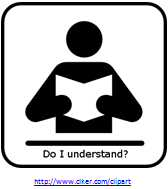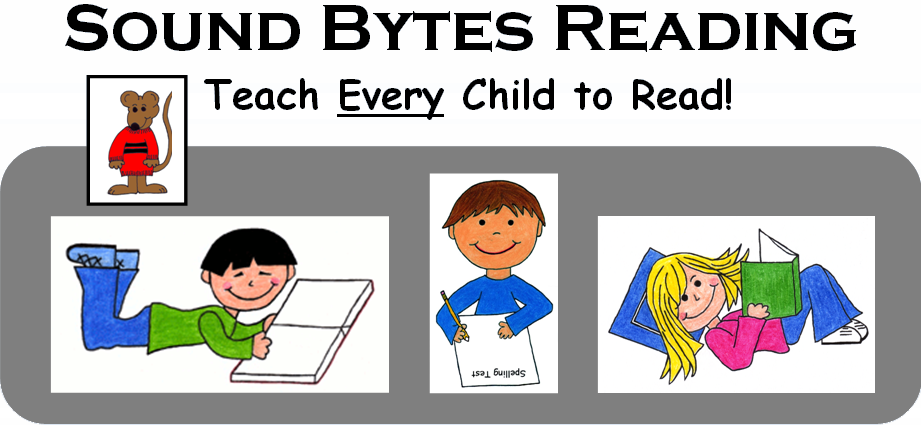Teaching Beginning Reading – Reading Comprehension
What is reading comprehension? Reading comprehension means that students comprehend or understand the meaning of what they are reading. This is why we read in the first place—so that we can learn about something from someone who is not physically present—through the medium of print.
How do we teach reading comprehension? When teaching beginning readers, if we try to teach reading comprehension first, we may not be totally successful in our efforts. We need to make sure our beginning readers have learned to decode words through explicit, systematic phonics instruction and are able to blend letter-sounds into words easily. We need to be sure beginning readers have also had appropriate vocabulary instruction so they will understand the words they are decoding. Then, instruction in reading comprehension will be much more effective.
Comprehension involves thinking about what we are reading, questioning it, judging the merits of it, understanding it, accepting or rejecting it, and comparing it to any prior knowledge we have about it.
Some reading comprehension strategies may include:
- Thinking – Do I understand what I just read?
- Comparing to Prior Knowledge – What do I already know about this?
- Predicting – What might happen next?
- Asking Questions – Why did that happen?
- Summarizing – What happened? What was the main idea?

Reading comprehension begins before children learn to read, while listening to stories that are read to them. We can enhance comprehension by talking to children about what happened in a story, whether they liked it or not and why, and what they might do differently. As beginning readers begin to learn to decode and learn to read for themselves, we should continue to monitor their understanding by talking with them about what they read.
When teaching struggling readers—as with beginning readers—we must make sure they have been given enough phonics instruction to be able to decode words well, are given appropriate vocabulary instruction so they will understand the meanings of the words they are reading, have sufficient opportunity for repeated reading practice to gain fluency, and then provide targeted instruction in reading comprehension strategies.
